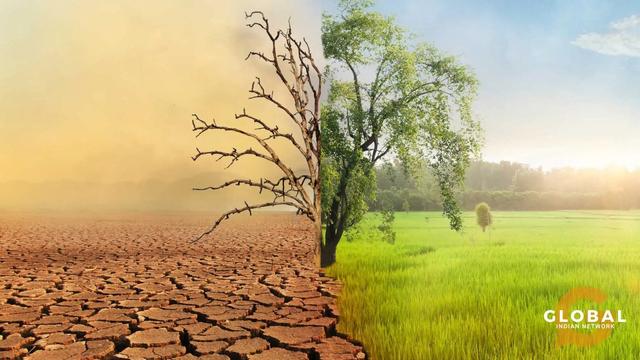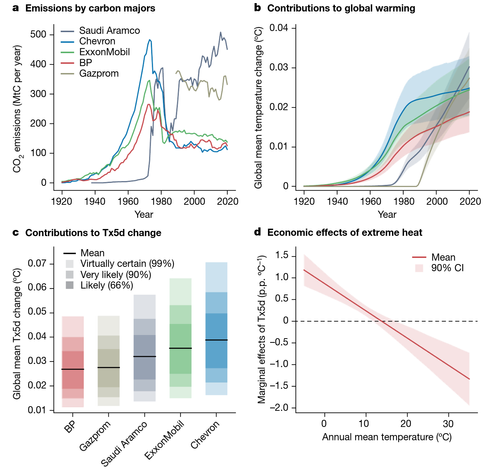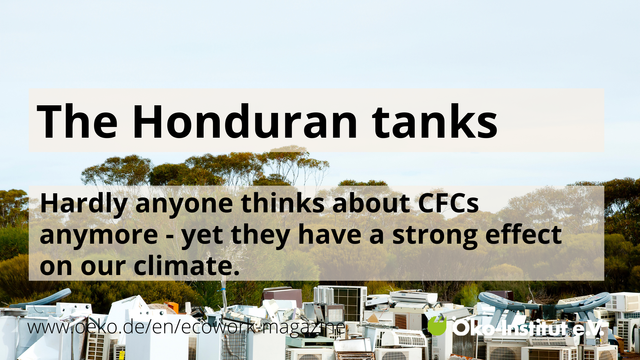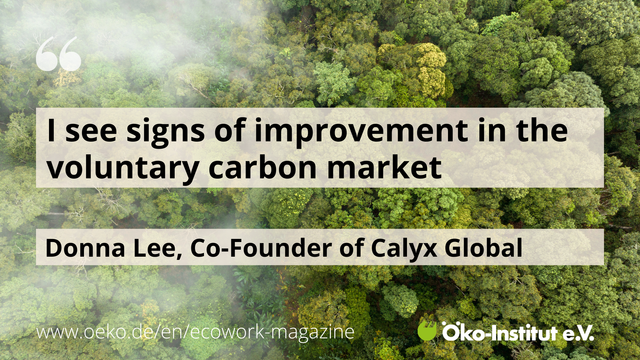How Global Warming changes the weather: a scientific look
what is bangladesh doing to reduce air pollutionGlobal Warming has become one of the most urgent and debated themes of our time. As humanity continues to emit large amounts of greenhouse gases to the atmosphere, the climate of our planet is changing rapidly. In this article, we will explore how Global Warming is altering the climate and the impact that this has on our environment and in our lives.
The science of Global Warming
Before immersing ourselves in how Global Warming changes the climate, it is important to understand the scientific concepts behind the phenomenon. Global Warming is mainly caused by the accumulation of greenhouse gases, such as carbon dioxide (CO2), in the atmosphere. These gases catch the heat of the sun on Earth, creating a greenhouse effect that increases the global temperature.
As a result of Global Warming, we have observed a significant increase in the average earth temperature in recent decades. However, the impact is not limited only to temperature; Climate change also affects climatic patterns, sea level, extreme weather events and ecosystems.
Climate change and climatic patterns
One of the most obvious effects of Global Warming is the change in climatic patterns. The warmer temperatures can alter atmospheric systems and affect the distribution of rainfall. Some regions can become more dry, which leads to prolonged droughts and propitious conditions for forest fires. On the other hand, other areas may experience an increase in rainfall, resulting in more intense floods and storms.
In addition, Global Warming can also affect winds and ocean currents. These changes can have a significant impact on global climatic patterns, such as the climatic phenomena of El Ni�o and the girl. These events, which occur in the tropical Pacific Ocean, can influence temperature and rainfall in different parts of the world.
Impact on sea level
Another important effect of Global Warming is the increase in sea level. As polar caps and glaciers melt due to heating, the resulting water is poured into the oceans. This increase in sea level has serious consequences for coastal regions and low islands, which face a greater threat of floods and coastal erosion. In addition, the intrusion of salt water in the underground aquifers can affect the supply of fresh water in these areas.
Extreme Meteorological Events
Global Warming also increases the probability of extreme weather events, such as more intense and prolonged storms, severe droughts and heat waves. These extreme events can have a significant impact on society, economy and the environment. For example, floods can destroy infrastructure, cause population displacement and damage crops. Heat waves, meanwhile, can represent a serious threat to human health, especially for the most vulnerable groups, such as children and the elderly.
The impact on ecosystems
Climate change is also having a deep impact on the ecosystems of our planet. Animals and plants are struggling to adapt to the new and fast changes in the weather. Delicate ecosystems, such as coral reefs and tropical forests, are particularly vulnerable to Global Warming.
The acidification of the oceans, caused by the absorption of carbon dioxide, is one of the most serious threats to corals and other marine life forms. As the oceans become more acidic, coral skeletons and whole ecosystems can collapse. In addition, the migration of animal and plant species can also be affected. Some could see their habitat interrupted, while others could find more appropriate conditions in new territories.
Conclusion
Global Warming is quickly changing our climate and has a deep impact on our environment and our lives. As we have seen, climatic patterns are changing, sea level is increasing and extreme climatic events are becoming more frequent and severe. In addition, the ecosystems of our planet face serious threats due to climate change.
It is essential that we take measures to reduce our greenhouse gas emissions and mitigate Global Warming. Only through global efforts and individual actions we can stop this phenomenon and protect our climate and our planet for future generations.
reduce pollution cpsExplore Gringud.com for a deep dive into the global warming crisis. ? Together, let’s make a positive impact on our environment! #SustainabilityGoals #ClimateResponsibility




